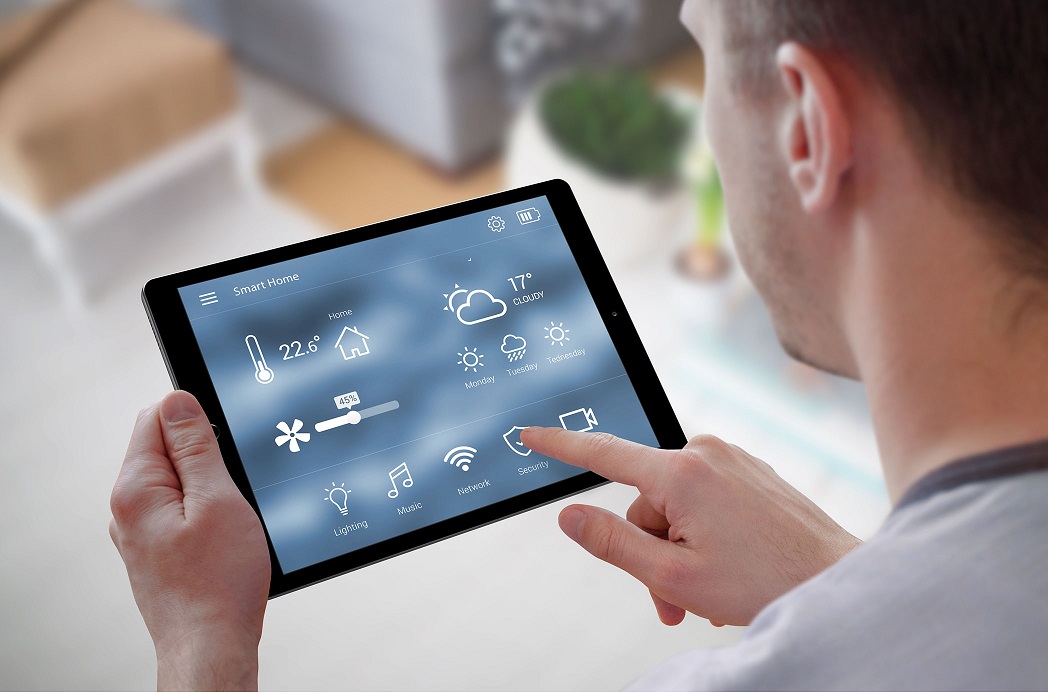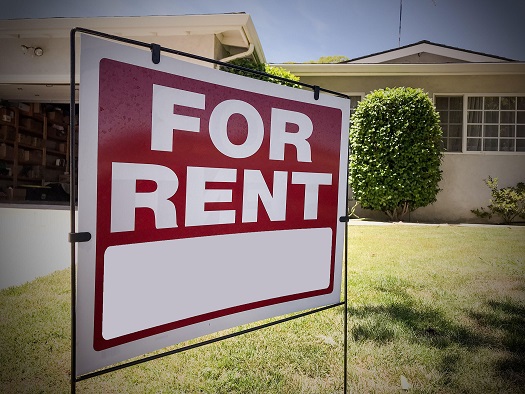An official website of the United States government
 United States Department of Labor
United States Department of Labor

The CPI for airline fares includes all regularly scheduled domestic and international commercial airline trips on certified carriers departing from each city in the CPI sample.
view factsheet »
With the release of the CPI each month, the Bureau of Labor Statistics (BLS) also publishes average retail prices for select utility, automotive fuel, and food items. Although average prices are calculated from the price observations collected for the CPI, they serve a different purpose.
view factsheet »
The CPI for computers, peripherals, and smart home assistant devices includes all types of personal computers such as tablets, desktop computers, notebook computers, computer hardware, and peripheral equipment.
view factsheet »
The CPI for household energy is a component of the fuels and utilities index, which is in the housing major group of the Consumer Price Index (CPI). The household energy index measures the price movement of residential energy items used for heating, cooling, lighting, cooking, and other appliances and household equipment.
view factsheet »
The CPI for leased cars and trucks covers leases on all classes of new consumer vehicles.
view factsheet »
The medical care index is one of eight major groups in the CPI and is divided into two main components: medical care services and medical care commodities, each containing several item categories.
view factsheet »
The CPI motor fuel series is composed of indexes for gasoline (all types) and other motor fuels.
view factsheet »
The CPI for motor vehicle insurance covers physical damage, liability, and miscellaneous insurance coverage for private passenger vehicles.
view factsheet »
The CPI new vehicles series is composed of indexes for new cars and new trucks.
view factsheet »
The CPI defines telecommunications services as those services associated with residential telephone communications, internet access, and television services.
view factsheet »
The CPI for telephone hardware, calculators, and other consumer information items reflects price changes for a wide variety of telecommunications items.
view factsheet »
The CPI for college tuition includes tuition and fixed fees for undergraduate and post-graduate studies at 2-year colleges, 4-year colleges, major universities, and professional schools.
view factsheet »
The CPI for elementary and high school tuition includes tuition and fixed fees for studies at elementary schools and high schools (grades K-12) where tuition or fixed fees or both are charged.
view factsheet »
The CPI for used cars and trucks is comprised of used cars and trucks from 2 through 7 years of age.
view factsheet »
Two CPI indexes, owners’ equivalent rent of primary residence (OER) and rent of primary residence (Rent), measure the change in the shelter cost consumers receive from their primary residences.
view factsheet »
The CPI for other lodging away from home includes short-term accommodations at hotels, motels, resorts, hostels, vacation rentals, and similar establishments.
view factsheet »
The CPI for tenants' and household insurance includes contents coverage insurance for tenants of rental housing and households as is available in standardized renters’ and homeowners’ insurance policies.
view factsheet »
The CPI for wireless telephone services measures changes to the prices of personal wireless (cellular) telephone services.
view factsheet »| Title | Description |
|---|---|
| The Consumer Price Index (CPI) for airline fares includes all regularly scheduled domestic and international commercial airline trips on certified carriers departing from each city in the CPI sample. See the factsheet for additional information. | |
| With the release of the CPI each month, the Bureau of Labor Statistics (BLS) also publishes average retail prices for select utility, automotive fuel, and food items. Although average prices are calculated from the price observations collected for the CPI, they serve a different purpose. See the factsheet for additional information. | |
| The CPI for college tuition includes tuition and fixed fees for undergraduate and post-graduate studies at 2-year colleges, 4-year colleges, major universities, and professional schools. See the factsheet for additional information. | |
| The CPI for elementary and high school tuition includes tuition and fixed fees for studies at elementary schools and high schools (grades K-12) where tuition or fixed fees or both are charged. See the factsheet for additional information. | |
| The CPI for other lodging away from home includes short-term accommodations at hotels, motels, resorts, hostels, vacation rentals, and similar establishments. See the factsheet for additional information. | |
| The CPI for household energy is a component of the fuels and utilities index, which is in the housing major group of the Consumer Price Index (CPI). The household energy index measures the price movement of residential energy items used for heating, cooling, lighting, cooking, and other appliances and household equipment. See the factsheet for additional information. | |
| The CPI for leased cars and trucks covers leases on all classes of new consumer vehicles. See the factsheet for additional information. | |
| The medical care index is one of eight major groups in the CPI and is divided into two main components: medical care services and medical care commodities, each containing several item categories. See the factsheet for additional information. | |
| The CPI motor fuel series is composed of indexes for gasoline (all types) and other motor fuels. See the factsheet for additional information. | |
| The CPI for motor vehicle insurance covers physical damage, liability, and miscellaneous insurance coverage for private passenger vehicles. See the factsheet for additional information. | |
| The CPI new vehicles series is composed of indexes for new cars and new trucks. See the factsheet for additional information. | |
| The CPI for computers, peripherals, and smart home assistant devices includes all types of personal computers such as tablets, desktop computers, notebook computers, computer hardware, and peripheral equipment. See the factsheet for additional information. | |
| Two CPI indexes, owners’ equivalent rent of primary residence (OER) and rent of primary residence (Rent), measure the change in the shelter cost consumers receive from their primary residences. See the factsheet for additional information. | |
| The CPI defines residential telecommunications services as those services associated with residential telephone communications, internet access, and television services. See the factsheet for additional information. | |
| The CPI for telephone hardware, calculators, and other consumer information items reflects price changes for a wide variety of telecommunications items. See the factsheet for additional information. | |
| The CPI for tenants' and household insurance includes contents coverage insurance for tenants of rental housing and households as is available in standardized renters’ and homeowners’ insurance policies. See the factsheet for additional information. | |
| The CPI for used cars and trucks is comprised of used cars and trucks from 2 through 7 years of age. See the factsheet for additional information. | |
| The CPI for wireless telephone services is comprised of personal wireless (cellular) telephone services including voice calling (talk), text messaging, and cellular data. | |
| Title | Description |
|---|---|
| How to approximate missing datapoints in CPI series. | |
| The effect of the change in one index on the change in a broader index and the contribution of the change in one index to the change in a broader index are two ways to measure the impact of the movement of that index on the all items index. See the factsheet for additional information. | |
| How to calculate the percent change and annual average percent change in CPI series. | |
| A number of misconceptions regarding the CPI are addressed in a summary factsheet. | |
| How to construct new special aggregate CPI series from public data. | |
| How to find the series ID code for a particular CPI series | |
| Escalation agreements often use the CPI—the most widely used measure of price change—to adjust payments for changes in prices. The most frequently used escalation applications are in private sector collective bargaining agreements, rental contracts, insurance policies with automatic inflation protection, and alimony and child support payments. See the factsheet for additional information and general guidelines to consider when developing an escalation agreement using the CPI. | |
| In November 2024, certain aspect metadata corresponding to CPI-U and CPI-W series was added to our database. See the factsheet for additional information. | |
| How to use CPI data to adjust other figures for changes in purchasing power, or to keep figures in constant dollars over time. | |
| How to rebase CPI series to use a different base period. | |
|
Why the published averages don’t always match an individual’s inflation experience |
Because the CPI is a statistical average, it may not reflect your experience or that of specific families or individuals, particularly those whose expenditure patterns differ substantially from the "average" urban consumer. See the factsheet for additional information. |
Last Modified Date: August 12, 2025